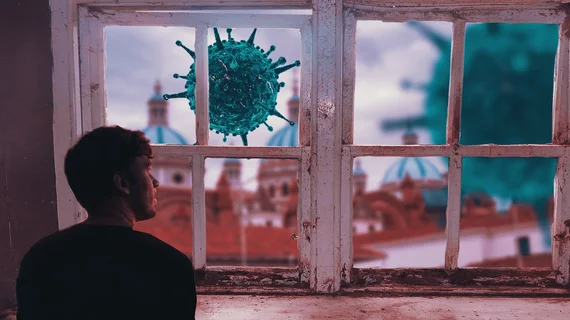A warning for healthcare providers: COVID-19 deaths in the US expected to quickly escalate
Deaths from COVID-19 are expected to skyrocket in the United States the months ahead, reaching a total of 389,000 by February 2021. Are cardiologists and the rest of the country’s healthcare providers prepared for a second surge?
There are certain things people can do, however, to “delay and reduce the magnitude of the surge.”
This updated forecast comes from the Institute for Health Metrics and Evaluation (IHME) at the University of Washington School of Medicine. The IHME prediction model has tracked COVID data since the beginning of the pandemic, looking at outcomes on a global level.
“Daily cases have begun to increase and transmission has intensified in the northern half of the United States,” researchers wrote in the institute’s latest briefing. “We expect deaths to stop declining and begin increasing in the next one to two weeks.”
Confirmed COVID-19 cases are already on the rise, though deaths have remained consistent. By January, however, IHME’s forecasters think daily deaths will rise significantly and reach 2,200 per day. They also expect many states to bring back mask mandates that may have been canceled in recent weeks.
The team notes that consistently wearing masks is the best tool people have to minimize the pandemic’s impact. If mask use in the United States was 95% as it is in Singapore, for instance, another 74,000 lives could be saved.
The full briefing is available online. More information on the IHME prediction can be read here.

